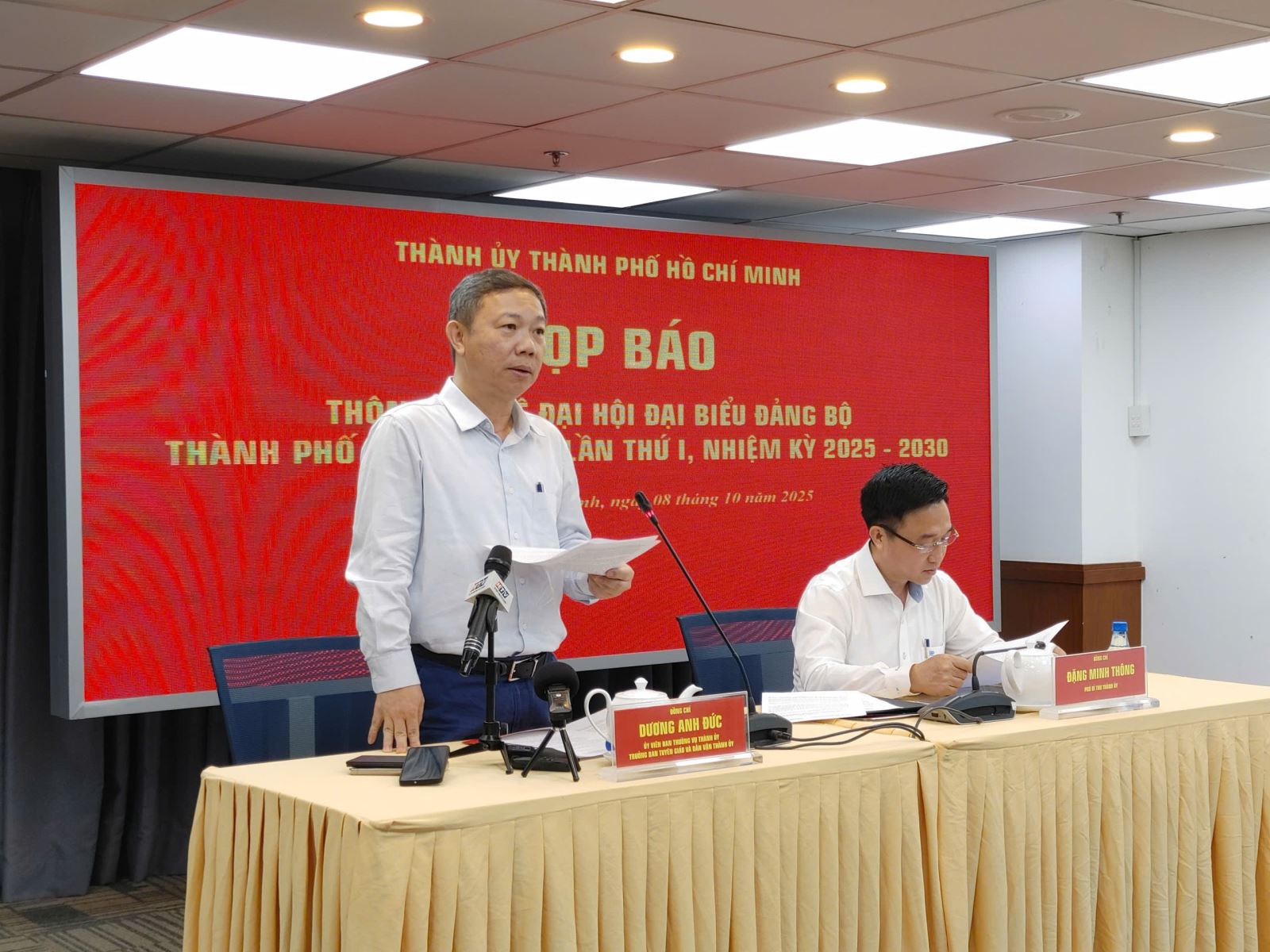
Mr. Duong Anh Duc, Head of the Propaganda and Mass Mobilization Department of the Ho Chi Minh City Party Committee, said that the 1st Ho Chi Minh City Party Congress is a particularly important political event. The Congress not only establishes the development direction for the new term but also lays the foundation for a stronger development period, contributing to making Ho Chi Minh City a dynamic economic center of the region. This event is considered a concrete step to realize the aspiration to build Ho Chi Minh City into a multi-centered urban area, where the strengths of the three key economic regions of the South converge.
According to Mr. Duong Anh Duc, after merging with Binh Duong and Ba Ria - Vung Tau provinces, the area of Ho Chi Minh City reached 6,773 km², accounting for 2.04% of the country's area. The population reached more than 13.6 million people, equivalent to 13.4% of Vietnam's population. Notably, the city's workforce reached 7.2 million people, accounting for 14% of the total national workforce. This is a large-scale human resource, creating an important driving force to promote industrial - service development and expand urban space in the Southern key economic region.
Economically, the consolidated GRDP is estimated at 3.03 trillion VND (123 billion USD), accounting for 23.5% of the country's GDP. If excluding oil and gas in Ba Ria - Vung Tau, this figure still reaches 2.821 trillion VND, equivalent to 22.3% of the whole country. The average GRDP per capita in 2025 of Ho Chi Minh City is expected to reach 220 million VND (about 8,944 USD), 1.7 times higher than the national average. In terms of fiscal year, the city's state budget revenue is estimated at 737,000 billion VND, accounting for 36.7% of the total national revenue, while budget expenditure is expected to be 248,000 billion VND, accounting for 10.9%. These figures affirm the city's leading role as the most important economic center in the country's economic and financial structure.
“After the administrative boundary merger, it opened an unprecedented turning point in the history of urban development in Vietnam. Ho Chi Minh City not only expanded its scale, but also had the opportunity to comprehensively reconfigure its development space, connecting three dynamic economic poles, thereby expanding the market, increasing investment attraction, developing connecting infrastructure, connecting production chains and enhancing its international position. The new vision is to make Ho Chi Minh City an “international megacity” of Southeast Asia, among the top 100 most livable cities in the world,” Mr. Duong Anh Duc added.
However, according to Mr. Duong Anh Duc, the City is still facing many challenges such as unsynchronized infrastructure, lack of high-quality human resources, pressure on environmental pollution, the gap between rich and poor, competition in attracting investment, as well as challenges from climate change, energy security, cyber security and preserving cultural and social identity. That poses an urgent need to innovate the growth model, improve competitiveness and choose flexible and sustainable development solutions.
The draft Political Report submitted to the Congress also sets out the goal of rapid and sustainable growth, based on innovation in the development model, digital transformation, green transformation and knowledge economy. In particular, the City will focus on restructuring key industries, shifting industrial parks and export processing zones towards high technology and environmental friendliness. New potential industries such as artificial intelligence, robotics, semiconductor technology, green hydrogen, biotechnology, aerospace, etc. will be prioritized for development. The City aims to attract leading multinational corporations in the field of manufacturing electronic components, chips, and semiconductors; build R&D centers, develop new technology products, linked with new generation free trade zones and international logistics systems.
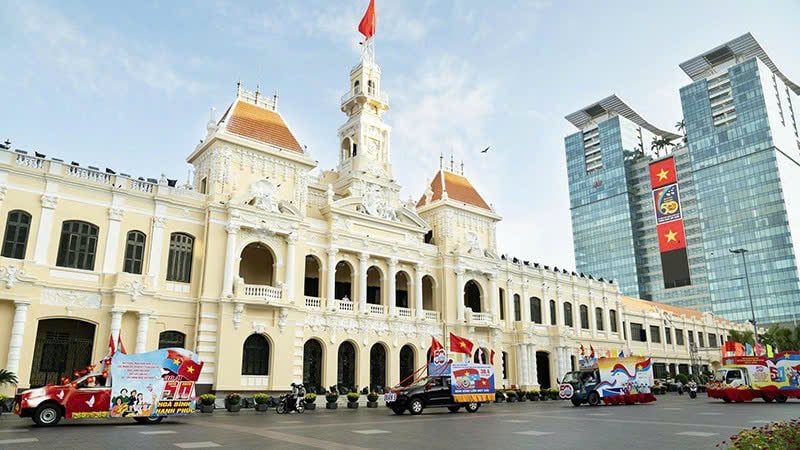
One of the strategic highlights of Ho Chi Minh City's development in the coming time is to build Vietnam's International Financial Center right in Ho Chi Minh City, with the goal of developing a modern financial market, creating a sustainable foundation for economic growth. Along with that, the City will prioritize mobilizing resources for investment in transport infrastructure, including the TOD-oriented urban railway system, inter-regional railways, belt roads 2, 3, 4, Ho Chi Minh City - Long Thanh - Ben Luc, Bien Hoa - Vung Tau - Long Thanh expressways. The effective exploitation of waterway transport and the Cai Mep - Thi Vai - Can Gio port cluster, and the upgrading of Con Dao airport are also considered strategic projects to expand trade, logistics and tourism...
According to the Ho Chi Minh City Party Committee's Propaganda and Mass Mobilization Commission, preparations for the 1st Ho Chi Minh City Party Congress are now complete. The Congress is scheduled to take place from October 11 to 15. Before the Congress, delegates will visit many typical works of the City such as Metro Line 1, Hung Kings Monument, Zalo headquarters (VNG Campus), Ho Chi Minh City History Museum, Gemalink Port, Phu My 3 Industrial Park, Binh Duong Exhibition and Convention Center, etc. The preparatory session will take place on October 13, and the official sessions and closing ceremony will take place from October 14 to the morning of October 15.
With its comprehensive scale and content, the 1st Ho Chi Minh City Party Congress is ready and expected to open a new development phase, laying the foundation for the aspiration to build an "international super city", a center of innovation, finance, trade and culture of the country and the region.
Source: https://baotintuc.vn/xay-dung-dang/dai-hoi-dang-bo-tp-ho-chi-minh-lan-thu-i-huong-toi-sieu-do-thi-quoc-te-20251008143905324.htm


![[Photo] Prime Minister Pham Minh Chinh attends the World Congress of the International Federation of Freight Forwarders and Transport Associations - FIATA](https://vphoto.vietnam.vn/thumb/1200x675/vietnam/resource/IMAGE/2025/10/08/1759936077106_dsc-0434-jpg.webp)




![[Photo] Prime Minister Pham Minh Chinh inspects and directs the work of overcoming the consequences of floods after the storm in Thai Nguyen](https://vphoto.vietnam.vn/thumb/1200x675/vietnam/resource/IMAGE/2025/10/08/1759930075451_dsc-9441-jpg.webp)


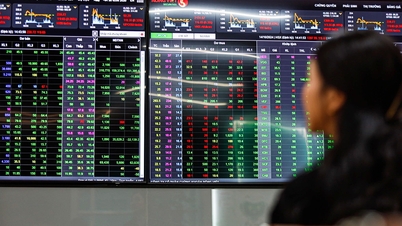

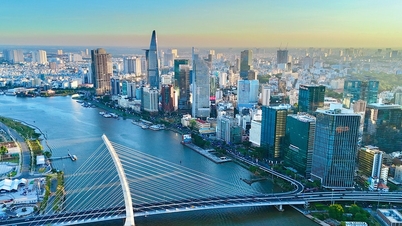






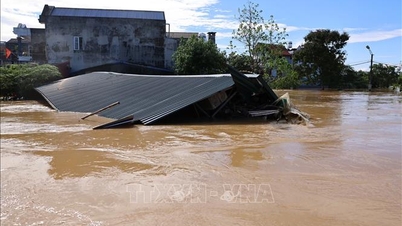
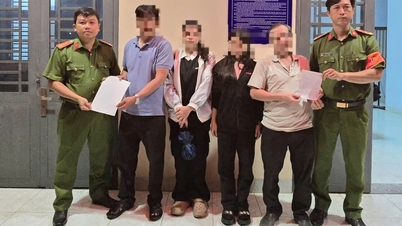
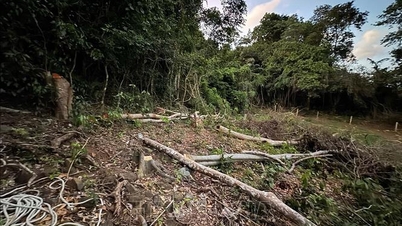

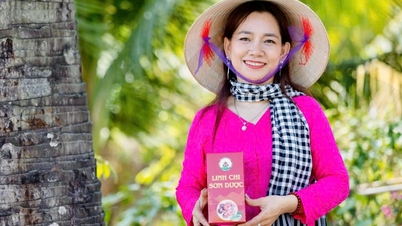
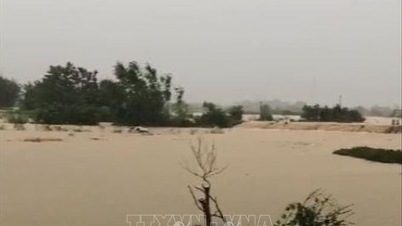




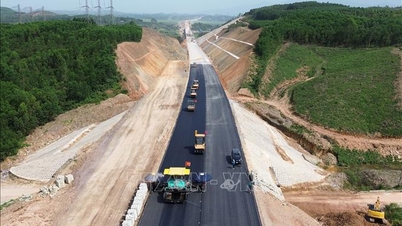

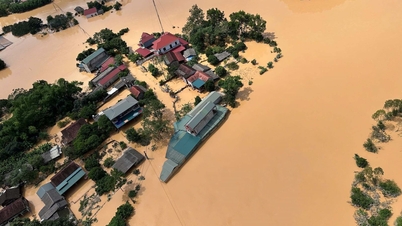
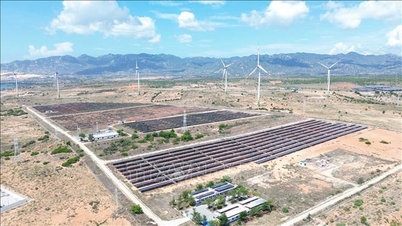
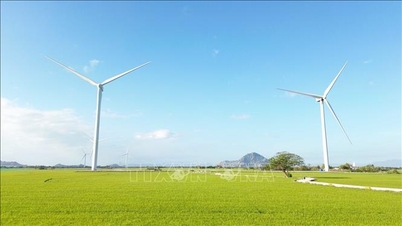

![[Photo] Closing of the 13th Conference of the 13th Party Central Committee](https://vphoto.vietnam.vn/thumb/1200x675/vietnam/resource/IMAGE/2025/10/08/1759893763535_ndo_br_a3-bnd-2504-jpg.webp)






































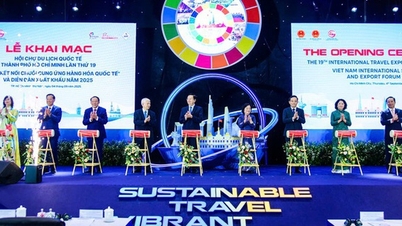








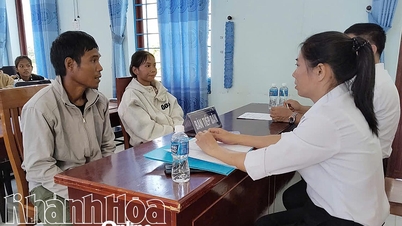




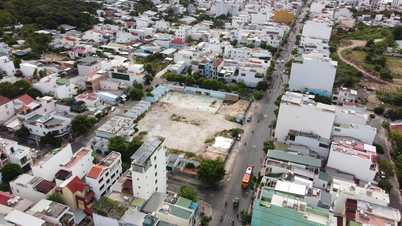














Comment (0)